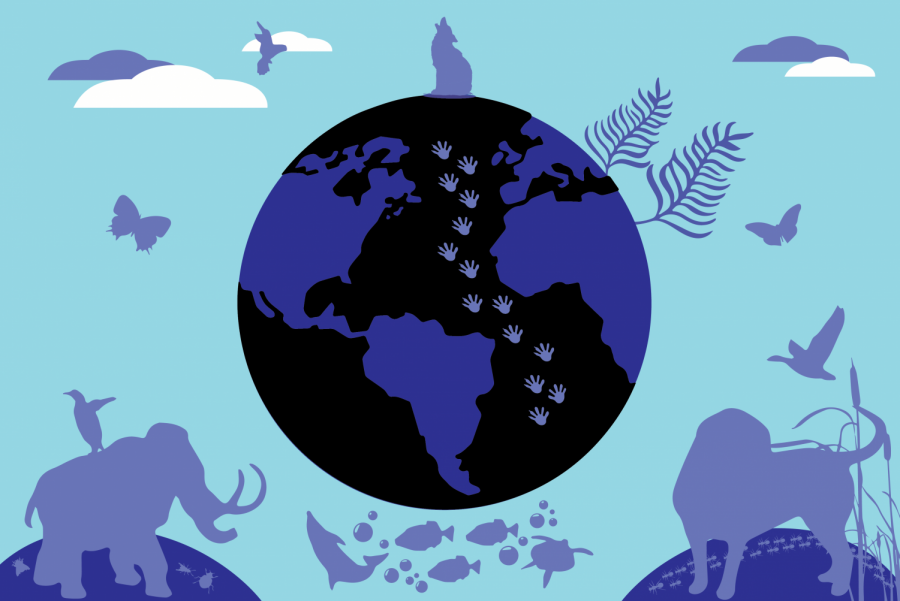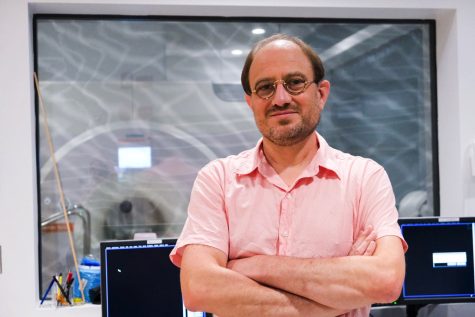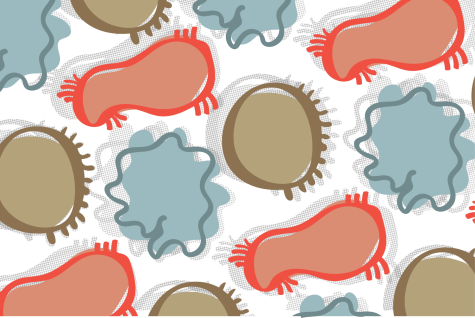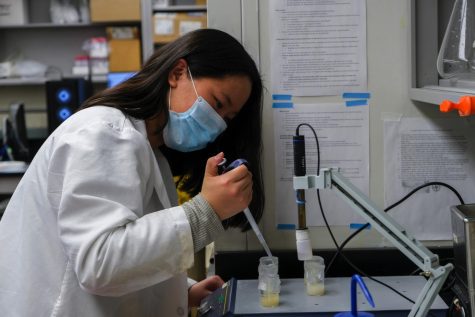University awarded $12.5 million grant to study Earth’s biodiversity
Using satellite technology, the team will be able to monitor the changing climate on a global scale.
Image by Motasem Kadadah
The University of Minnesota was awarded a $12.5 million grant from the National Science Foundation in September to establish a research institute that will study global changes in biodiversity as environments adapt to climate change.
The first institute of its kind, the Biology Integration Institute (BII) is part of a major initiative that will use spectroscopic sensors to analyze the health and chemical composition of plants based on how they reflect light. Using hyperspectral cameras, which measure the way light interacts with matter, researchers will be able to look at how ecosystems around the globe are influenced by changes in their environments.
Centered at the University’s College of Biological Sciences, a team of 20 biologists, including researchers from the University of Wisconsin-Madison and the University of Maine, will be looking at various plant, fungi and microbe systems. Studying rapid changes in the environment will then help researchers understand the consequences of losing the genetic variation and variability of life in an ecosystem.
“Biodiversity is fundamental to survival of humans on this planet. We depend on the functions of ecosystems and the diversity of organisms within those ecosystems. And they’re changing rapidly,” said BII director Jeannine Cavender-Bares. Having more variation in an ecosystem can help regulate climate and contribute to cleaner air and water, she added.
“The work we’re doing now … is critical for monitoring biodiversity and ecosystem function on planet Earth,” Cavender-Bares said.
The team will be working with data from the National Science Foundation’s National Ecological Observatory Network as well as other sites, including the Cedar Creek Ecosystem Science Reserve north of the Twin Cities. Their results will help interpret spectral data from NASA’s planned Surface Biology and Geology satellite mission, which seeks to monitor Earth’s biodiversity, Cavender-Bares said.
Phil Townsend, a forest ecologist at the University of Wisconsin-Madison and a BII co-director, has been working with spectral technology for years.
In analyzing the solar radiation reflected off plants, scientists can develop models about the genetic evolution of the plant and gain insights about the interactions between the plants and other organisms in ecosystems. Townsend said the technology is not only cost effective but will help them measure biodiversity on a global scale. This will give them new insights into predicting carbon uptake, plant growth and nutrition dynamics as well as how an ecosystem adjusts to change.
“This will help with conservation. And it could also help us in figuring out ways that we can mitigate climate change impacts on our natural ecosystems,” he said. “The more we know about those ecosystems, the better we can adapt to them.”
An important part of the project is bringing biologists with different specialities together. Under the common theme of biodiversity, each researcher brings their own experience and expertise.
Nathan Springer is a University professor interested in understanding the genetic variation of agricultural crops, especially corn. Using hyperspectral technology that shows the wavelengths of light that bounce off corn plants, Springer said his work for BII will help farmers maximize the productivity of their yields and reduce unnecessary environmental impacts.
Another goal is to make their research accessible and do outreach for mentoring and training opportunities. The team will be working with K-12 students to foster an interest in biology and science. It also plans to collaborate with Indigenous communities like the Wisconsin Tribal Conservation Advisory Council to collect data and incorporate their knowledge of the land.
“It’s scary because it’s ambitious,” said Townsend. “Our ultimate goal is nothing short of trying to help save the ecosystem of Earth. We know we’re not going to be able to do it with just this one project, but we sure hope that we will generate information and knowledge that will help us to do that.”












